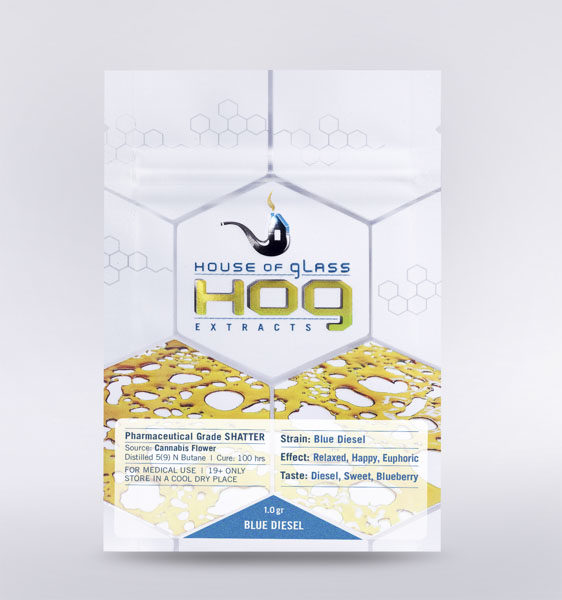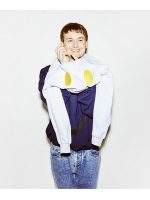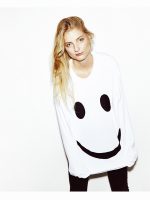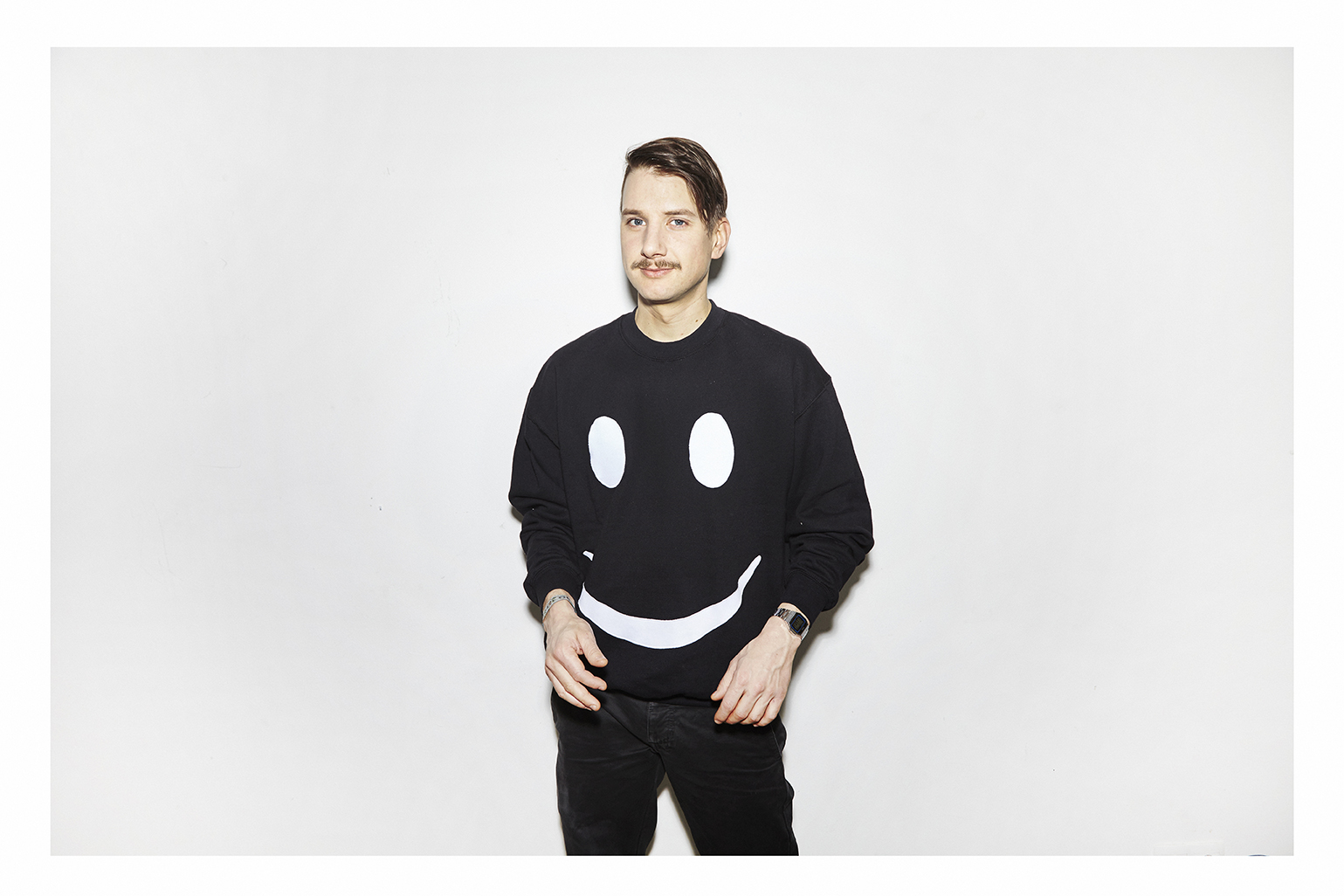
Fluffer Magazine…..
Erotic photography has always been one of my big interests. In the past years, I was an art director and photo editor for Blue, an Italian magazine dedicated to erotism, and for other magazines as well. Then, when the crisis of publishing was getting stronger, I began to think if it could have been possible to offer “something new” and different with a different business perspective as well. Twenty years ago, there were just a few photographers and many magazines. Today we are all photographers and magazine are disappeared.

Editorial….
The first aim of Fluffer is to promote erotic photographers. Outside of the boundaries of the fashion system that uses to sell clothes. Fluffer is something different, hybrid. We are looking for photographers able to express their artistic personality, photographer-researchers, I can say.

Tell us about yourself
As I said before, I worked in Italian periodic publishing for a long time, from 2000 to 2010. Then I have been involved in the book publishing. In the past, I created many fanzines and self-produced editions. I was the art director of an art gallery in Rome, called Mondo Bizzarro. Even there I curated many exhibitions of erotic photography, from artists like Daikichi Amano, Terry Richardson, and Estevan Oriol. But the managerial and economic issue has always fascinated me, so I tried to create something sustainable, not sponsored or dependent from the fashion system. I’m not against advertisers but fashion magazines have a different agenda.

Print: Why choose print? What kind of paper you use and why? Typography?
From the first issue, Fluffer has represented digital photography. The first editions were printed in 99 numbered copies on ArcoQuattro 240gr paper. I can say it was an object “for art collectors”. But the limits of the logistic, the shipping issues, and the structural Italian troubles made me change the formulation. Moreover, I live in Malta since last year and I edit Fluffer from this little island in the Mediterranean sea and that made me proceed with Magcloud, a platform of print on demand. This decision was conclusive for reaching an international audience.

How’s the public response?
The number of Fluffer followers is increasing day by day, often made from unfledged photographers and aspiring models. And I love this thing. As I said before, nowadays, when we are all photographers thanks to digital cameras and smartphones, everyone is willing to share everything on social media. And there is not much time for reflection, for accurate introductions, for creating a meritocratic hierarchy. Fluffer Magazine aim’s to do this.

Business: Good print mags get a lot of love, but is not always translated to sales or advertising. How’re the sales? Advertising-wise, is it a normal approach of selling an ad page or more a brand ad approach?
At the moment, Fluffer totally depends from the sale of the magazine, on paper or in pdf versions. The sales are increasing, but they are very different from an issue to another, depending on the photographers published. Fluffer will keep being without advertisement because of its artistic feature. But we are working on a free issue of Fluffer that will be printed in large scale and distributed on photography’s events like collective art shows and fairs. In that case, only, Fluffer will have an advertisement in order to cover the expenses.

website | tumblr | twitter | facebook | instagram | pinterest | linkedIn










